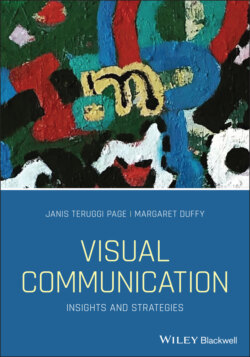Читать книгу Visual Communication - Janis Teruggi Page - Страница 54
Homages
ОглавлениеThere are tensions between stealing another's work and an “homage” to another's creation. An homage is a reference, reconfiguring, and sometimes a recreation of an image or work of art, often done with the goal of honoring and elaborating on that work. Moviemakers frequently will adopt or reference scenes from other movies. For example, director Quentin Tarantino in The Hateful Eight uses costumes, snips of dialogue, and scene setups that call on classic western films (Miller, 2015). To use the Obama “Hope” poster by Shepard Fairey in this chapter required that we provide compensation to the copyright holders, in part because it is a complete work and it wouldn't be possible to use only a portion of it.
However, imagine if an individual substantially altered the Obama “Hope” poster, animating it, inserting new characters, settings, or backgrounds. Does it then become a different creation, possibly with copyright protection itself? What if it is then disseminated on social media? Noted visual theorist William J. Mitchell (1994) suggests that easily replicable visual images have profoundly changed how we interact with those images both individual and societally.
We might best regard digital images, then, neither as ritual objects (as religious paintings have served) nor as objects of mass consumption … but as fragments of information that circulate in high‐speed networks now ringing the globe that can be received, transformed, and recombined like DNA to produce new intellectual structures having their own dynamics and value
(Mitchell 1994, pp. 53–54).
Mitchell and others point out how easily manipulated and shared images seem to have less and less relationship with an “external referent” (p. 55) or to be mirrors of what we think of as our everyday reality. Visuals are never just neutral representations of the world. Instead, they are interpretations that may have different meanings for different people and, intentionally or unintentionally, “argue” for a certain point of view.
